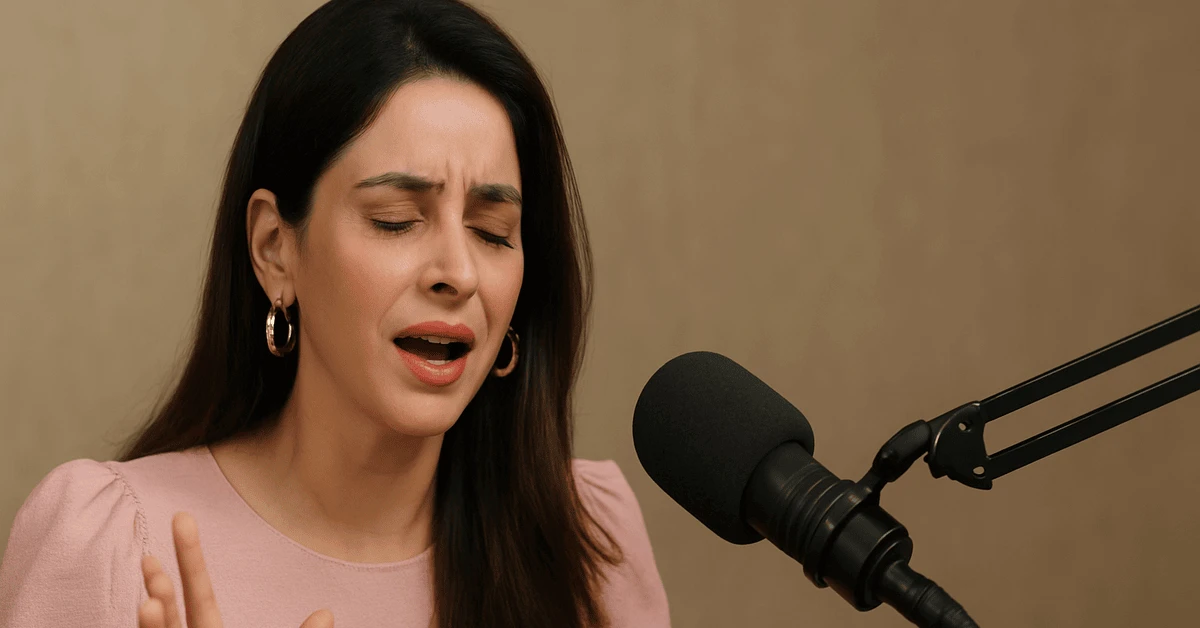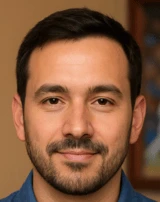Last Updated: October 9, 2025
The Post-Messi-Ronaldo Era: Who’s Really Carrying Football’s Global Popularity Now?
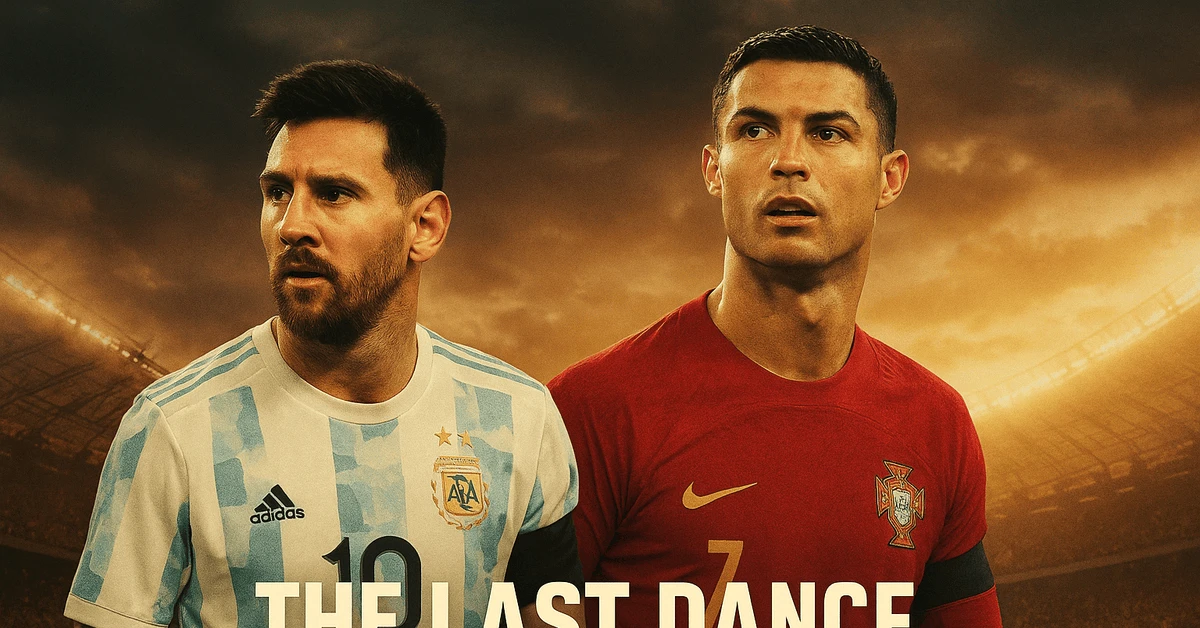
For nearly two decades, the names Lionel Messi and Cristiano Ronaldo defined football. They weren’t just players — they were entire eras of emotion, rivalry, and perfection. Yet, as 2025 unfolds, something remarkable is happening. The football world is entering a new chapter — one where Messi and Ronaldo’s shadows still loom large, but the spotlight is slowly shifting toward a generation that grew up idolizing them.
The End of an Era — But Not of Influence
Messi at Inter Miami and Ronaldo at Al-Nassr still command millions of fans, yet the pulse of global football has changed. The Champions League — once synonymous with their magic — now beats to the rhythm of Kylian Mbappé, Erling Haaland, Jude Bellingham, and Vinícius Jr.
These young stars don’t just play football; they embody a new culture of athleticism, confidence, and digital connection. Their rise marks a cultural handover — from a generation that worshipped trophies to one that thrives on engagement, speed, and individuality.
The New Faces of Global Football
1. Kylian Mbappé – The Torchbearer
If football were a relay, Mbappé would be carrying the baton Messi and Ronaldo once held. The French superstar combines explosive speed, precision finishing, and a media-savvy personality. At just 26, his World Cup triumph in 2018 and near-repeat in 2022 made him the sport’s most bankable young name. With his move to Real Madrid, Mbappé now stands where Ronaldo once stood — the face of the world’s most glamorous club.
2. Erling Haaland – The Goal Machine
Where Mbappé dazzles with flair, Erling Haaland dominates with destruction. The Norwegian striker redefined efficiency with Manchester City, scoring over 50 goals in his first season — numbers even prime Ronaldo would envy. Haaland represents the evolution of the modern athlete: disciplined, analytical, and physically monstrous. He’s a brand magnet, bridging the world of gaming, fashion, and sport.
3. Jude Bellingham – The Midfield Messiah
At Real Madrid, Jude Bellingham has done what few English players could — conquer Spain with grace and authority. At just 22, he’s not just a midfielder; he’s a complete leader. His humility off the field and dominance on it make him football’s next role model — the kind of player parents point to when they say, “that’s how you do it right.”
4. Vinícius Jr. – The Brazilian Showman
From the streets of Rio to the Champions League final, Vinícius Jr. carries the Samba legacy with flair and emotion. He’s revived the lost art of pure dribbling — a joy that many felt disappeared after Neymar’s decline. His emotional connection with fans and unapologetic celebrations make him a global entertainment icon, especially across South America and Africa.
Why This Generation Is Different
The Messi-Ronaldo rivalry was defined by two extremes — artistry versus power. The new generation blurs those lines. Players like Haaland use data-driven training, Mbappé uses branding as power, and Bellingham shows that leadership isn’t age-bound. These athletes grew up on social media; they understand the importance of image, narrative, and engagement as much as goals.
The Numbers Don’t Lie
| Player | Instagram Followers (2025) | Market Value (€) | Major Titles |
|---|---|---|---|
| Cristiano Ronaldo | 610M+ | 15M | 32 |
| Lionel Messi | 490M+ | 35M | 43 |
| Kylian Mbappé | 120M+ | 180M | 12 |
| Erling Haaland | 85M+ | 200M | 8 |
| Jude Bellingham | 60M+ | 180M | 7 |
| Vinícius Jr. | 70M+ | 150M | 10 |
While Messi and Ronaldo’s numbers are astronomical, the rapid follower growth of younger stars shows a generational shift. These players are not replacing legends — they’re building a new definition of fame, one rooted in digital fandom and personality-driven marketing.
Changing Football Economics
In the 2010s, football’s economy revolved around two names. Brands designed ads for them, clubs signed stars to emulate them. Now, sponsors like Nike, Adidas, and EA Sports are diversifying. Instead of one global face, they promote multiple icons across regions — Mbappé in Europe, Son Heung-min in Asia, and Vinícius in South America. The market is decentralizing — and fans are following suit.
The Emotional Gap: Can Anyone Replace Messi & Ronaldo?
Every generation believes their heroes are irreplaceable. And maybe, in pure emotional connection, Messi and Ronaldo truly are. Their rivalry wasn’t just about goals — it was about identity. You were either Team Messi or Team Ronaldo, artistry or power, grace or grit. Today’s players are adored, but none inspire the same tribal loyalty — yet.
The Future: Football’s New Narrative
The post-Messi-Ronaldo world isn’t about finding replacements. It’s about diversity — more countries, more styles, more voices. Players like Khvicha Kvaratskhelia from Georgia and Mohamed Salah from Egypt have shown that global fandom no longer depends solely on European icons.
In short, football has evolved from a duopoly to a democracy — where influence is shared, not monopolized.
Final Thoughts
As Messi and Ronaldo continue to grace the field, their presence reminds us of how much they shaped the sport’s soul. But the future now belongs to a generation they inspired — faster, smarter, more global. The torch has been passed, not because time demanded it, but because the game itself evolved.
FAQs
1. Are Messi and Ronaldo retired?
No. Both are still playing — Messi for Inter Miami (MLS) and Ronaldo for Al-Nassr (Saudi Pro League). However, their global dominance era has naturally transitioned.
2. Who is considered the next global football superstar?
Kylian Mbappé leads the pack, followed by Erling Haaland, Jude Bellingham, and Vinícius Jr. Each represents a different continent and style.
3. Why do people call this the post-Messi-Ronaldo era if they’re still active?
Because their cultural and competitive peak has passed. The Champions League and marketing landscape are now led by younger stars.
4. Can anyone ever match Messi and Ronaldo’s rivalry?
Unlikely in intensity. However, Mbappé vs. Haaland is the closest modern parallel, representing contrasting styles like Messi vs. Ronaldo once did.
5. What’s the future of football fandom?
It’s becoming global, digital, and diversified — fans now follow players, not clubs, across leagues and continents.
You May Also Like:
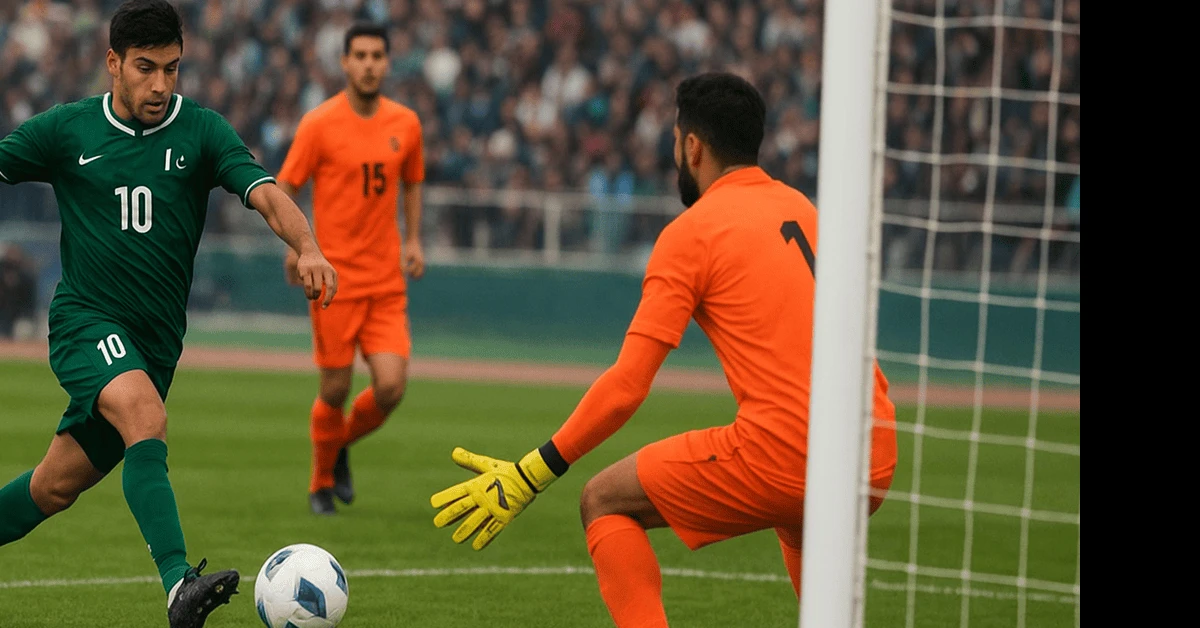
How Pakistan Football Overcame Suspension and Reached the World Stage...
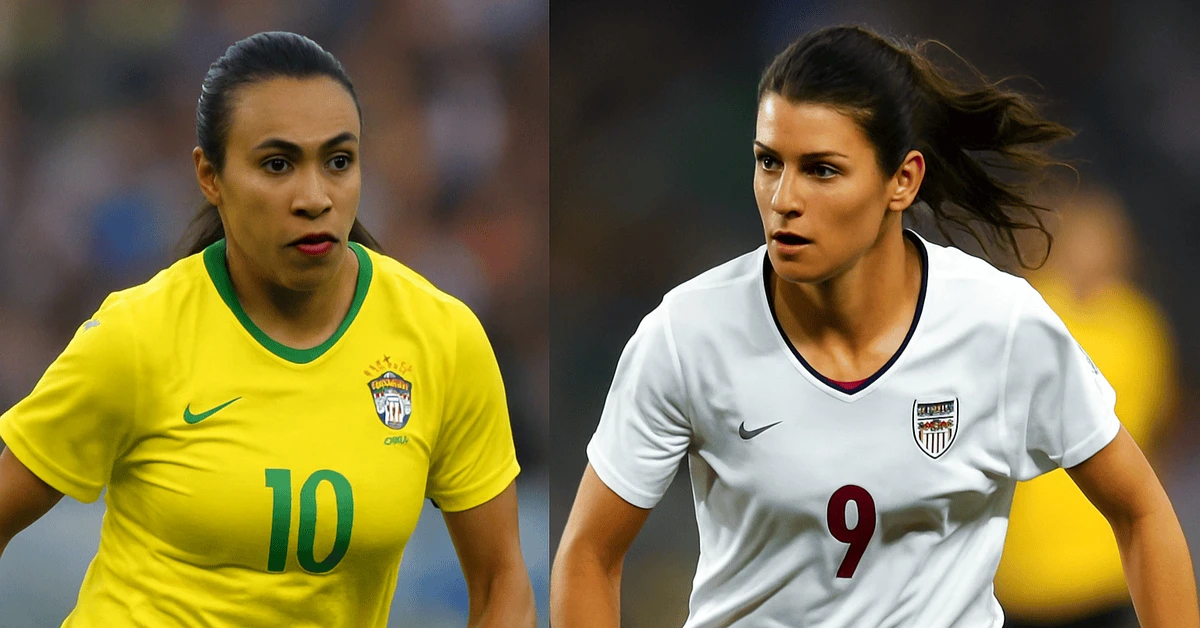
Top 15 Women’s Football Superstars of All Time...
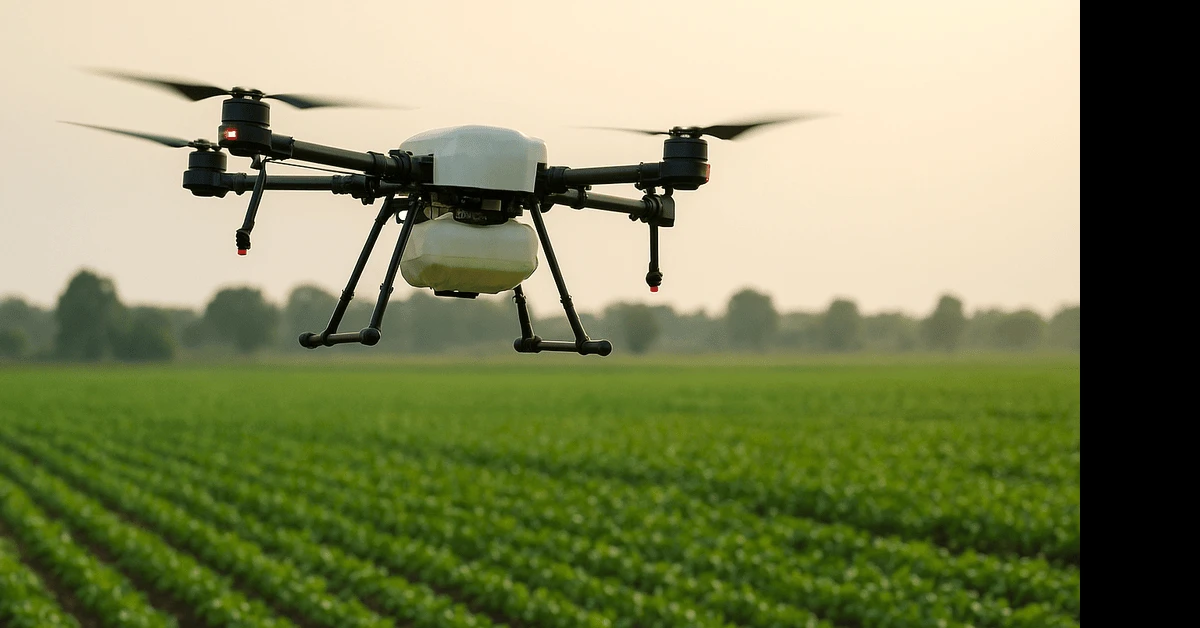
Low-Cost Drones Made in Pakistan: A New Era for Smart Agriculture...
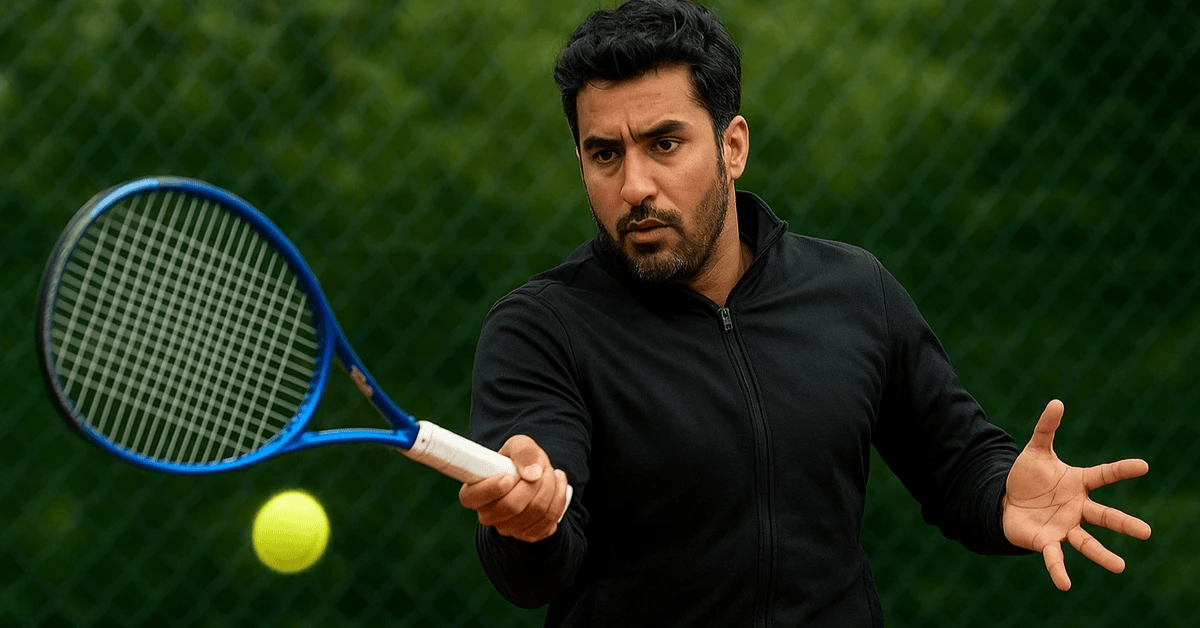
Aisam-ul-Haq Retirement From Tennis: End of an Era for Pakistan’s Greatest Tennis Star...
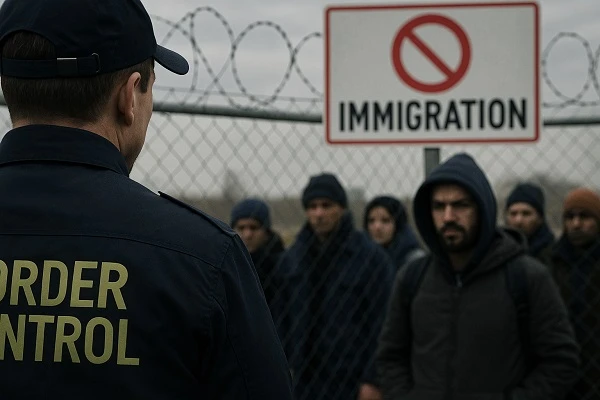
The New Era of Immigration: Stricter Rules, Higher Costs, But Hope Still Exists...
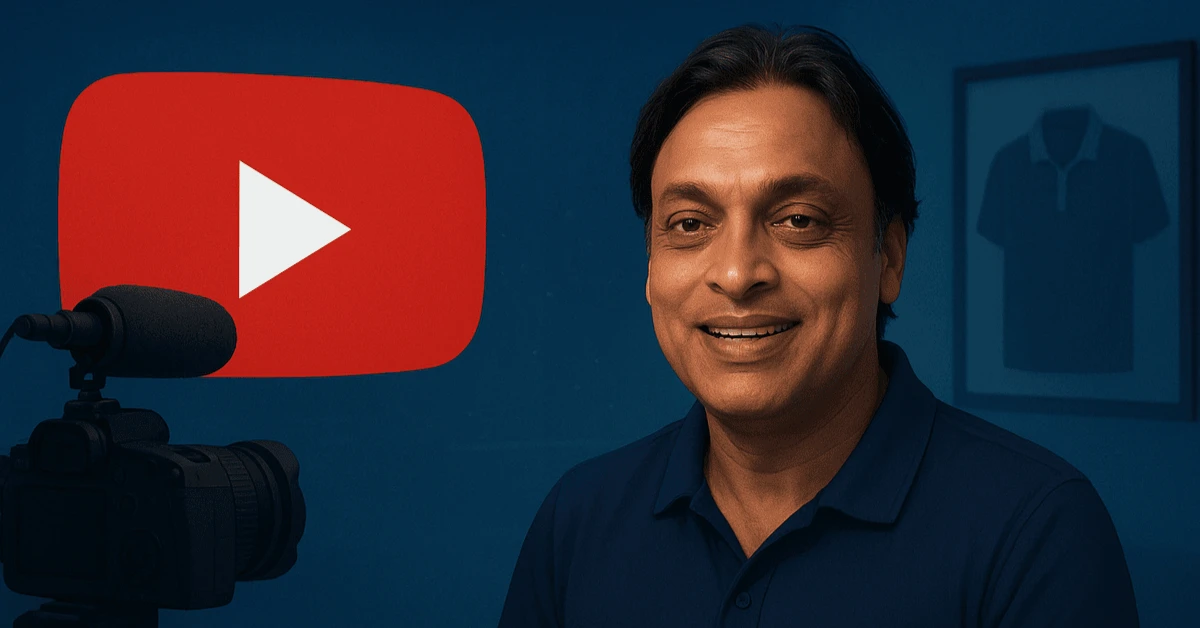
Why Retired Cricketers Are Now Competing on YouTube, Not in Commentary Boxes...
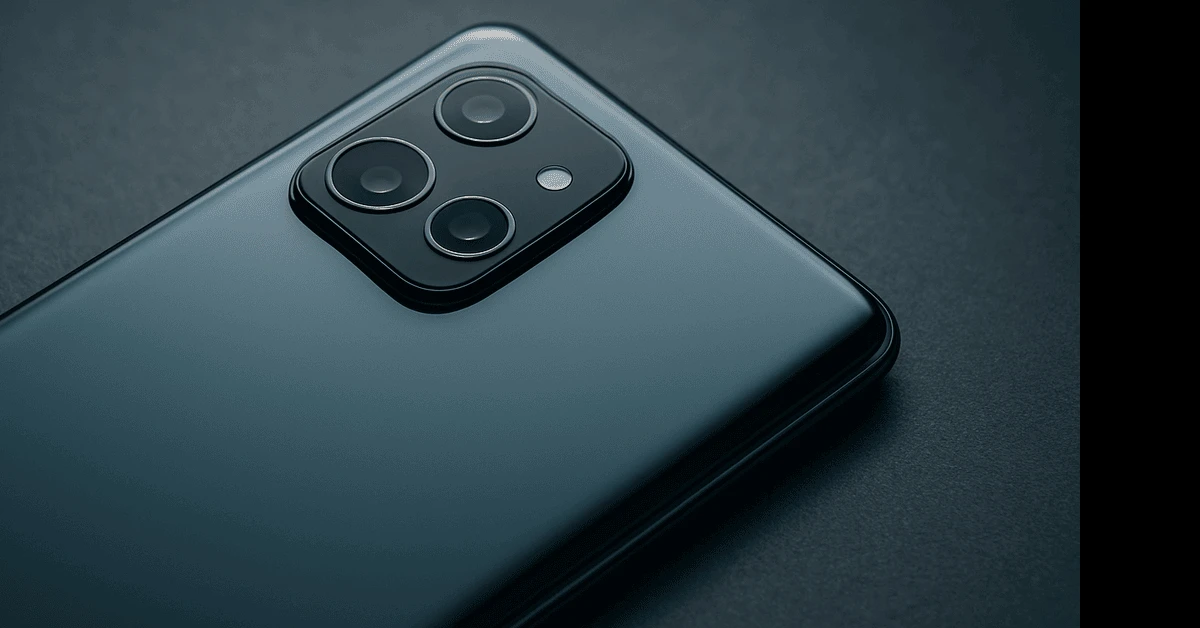
How Chinese Brands Quietly Took Over Global Smartphone Design...
